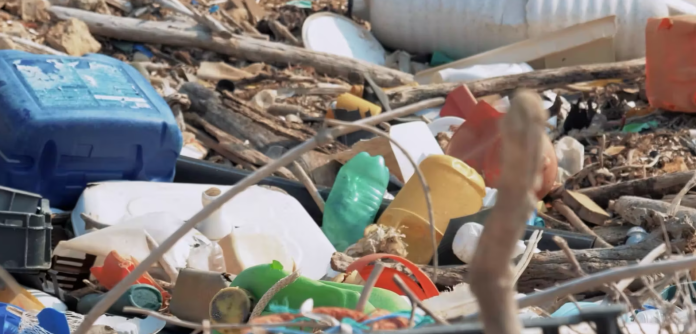
The number of new bioplastic firms in the market in recent years is significant. They are promising to revolutionize the industry with their bio-developed polymer platforms, claiming sustainable, renewable resources – the answer to the World’s plastic problem. It all sounds so easy, and ‘bio’ certainly has cache with investors and appears to be gaining traction with the end user. However, in truth, bio plastics are at the beginning of a very long and, often, frustrating journey.
Of course, bioplastic makes perfect sense against the backdrop of increasing concerns about plastic waste and the environmental impact of traditional plastics. In response to these concerns, consumers, businesses, and governments are seeking alternative materials that are more sustainable and have a lower impact on the environment. Bioplastics, which are made from renewable resources such as corn starch, sugarcane, vegetable oils and even seaweed, offer a more sustainable solution to traditional plastics. They are mostly biodegradable and compostable, meaning they can be broken down by natural processes and do not pose a long-term threat to the environment.
However, the bioplastics market is still in its infancy and growth remains stubbornly slow. According to trade body European Bioplastics, global production capacity of bioplastics is set to grow from around 2.23 million tons in 2022 to approximately 6.3 million tons in 2027.
By far the largest application remains packaging, which consumed 48% of the total market in 2022.
Industries such as automotive and transport, agriculture and horticulture, electrics and electronics also use bioplastics, with their relative share in the overall market expected to increase moderately, according to the trade body.
However, the penetration of bioplastics in the overall plastics industry remains minute, at around 0.5%, according to World plastics production 2022, Plastics Europe, 2023.
John Williams, chief technology officer, Aquapak says, “The bioplastics industry faces several different challenges – none of them mutually exclusive. The first is feedstock – where is it coming from and is there enough of it? There has been criticism for incentivizing land use change, as forests are cleared for feedstock production and do we fully understand the potential impact on biodiversity if there is an increase in marine derived feedstock, for example? Interestingly, the impact of an increased use of agricultural and related feedstock, according to independent reports, is minimal but there is still a widespread concern driven by this misunderstanding.
“The second challenge is the waste management system. The sector must contend with the limitations of the existing waste management system in order to be circular. Being biodegradable or compostable counts for nothing if collection and processing is insufficient to recover the material. All materials must be reused, recycled or composted to reduce end-of-life impacts and ultimately end soil and marine pollution.
“The third is the high manufacturing cost of bioplastics. Bioplastics are more expensive to produce compared to traditional petroleum-based plastics, and this increased cost is often passed on to consumers in the form of higher prices for bioplastics products. This can make it difficult for bioplastics to compete with traditional plastics, especially in price-sensitive industries such as packaging.
“The fourth challenge – and arguably the greatest – is developing solutions that can be commercialized at scale. There’s a reason polypropylene and polyethylene have become so incredibly dominant. When they were developed, there was no awareness of environmental issues as they became dominant because of their functional benefits. The process of refining crude oil is highly efficient and has much greater carbon density per unit of conversion in comparison to the conversion of plant feedstocks through biorefineries.
“For many of the bio offerings on the market, despite significant investor support, they are still very much work in progress. Despite claims from some quarters, there is no one biobased material solution. The target end products are complex and new biobased products must meet functional and regulatory requirements. There’s a very real risk that if the industry continues to operate in silos, development will remain painfully slow. Collaboration between industry partners will be key to success.
“We have learnt many lessons from the development of Hydropol which can be shared with the bioplastics sector – indeed, many in the sector are now working with us but the more collaboration between us all the better. However, it takes time and money to develop a new polymer – a lot of time, and many of the challenges faced are out of your control. You must operate in an environment set up for materials like PP and PE and face increasingly complex combinations of materials. Moving the world away from them is not a straightforward task. The only way to accelerate the transition to a truly circular economy supply chain and improve the environmental situation is to ensure the industry collaborates, combining new materials with existing ones and merging new materials together to maximize functionality and end of life.”











